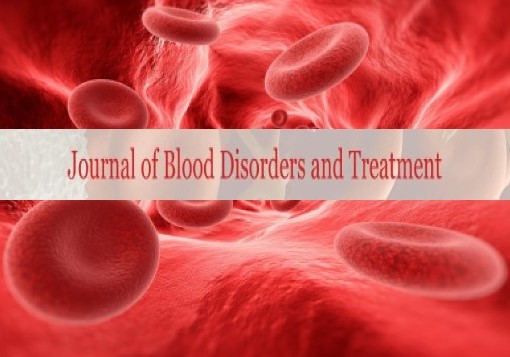
Sign up for email alert when new content gets added: Sign up
Leonora Rodillo Sacbibit
King Abdulaziz National Guard Hospital, KSA
ScientificTracks Abstracts: J Blood Disord Treat
Introduction: King Abdulaziz Hospital in Al Ahsa is a 245 bed-capacity Acute Care Facility in the Eastern province of Saudi Arabia. It was founded in 2002 providing National Guard personnel and their eligible dependents.
The Nursing Department launched Tissue Viability Nursing in 2011. At that time, the existing Hospital- Acquired Pressure Injury (HAPI) problems identified. Resulting, HAPI prevention was adopted as a key nursing indicator in that same year and prevention campaign was developed. Through successful collaboration of all healthcare workers, patients and families, with the tissue viability nurses on the lead, the HAPI prevention has led to more robust and sustainable results in reducing hospital-acquired pressure injuries.
Objectives:
1. Achieve zero tolerance in HAPI throughout the years.
2. Create a culture of safety by engaging all healthcare providers in preventing pressure injuries.
Methods:
Using the PDCA (plan–do–check–act) model, primary interventions were put in place:
1. Strengthened communication
2. Adopted SSKIN bundle
3. Effective and early assessment
4. Patient and family education
5. Empowerment of involved healthcare providers
6. Involvement of support services
7. Judicious monitoring
8. Higher management support
Additionally, the ADKAR model of change was applied to implement changes and sustain results.
Results: The frequency of hospital-acquired pressure injuries showed an over-all downward trend from May 2012 up to present. The HAPI has been reduced from a rate of 3.13 to 0.23. Significant improvement of HAPI in Critical Care Units has been reduced from 9.58 to 1.35 as per 1,000 patent days.
Conclusion: A vigorous culture of safety and collaboration is a part and parcel a major role in the success of HAPI prevention.
Though strong collaboration between members of the multidisciplinary team present a major component in the prevention of HAPIs, a strong lead to congregate then team demands for the unity of action.
Leonora Sacbibit is a wound care nurse specialist. Currently she is working at King Abdulaziz National Guard Hospital, KSA.
E-mail: sacbibitl@ngha.med.sa